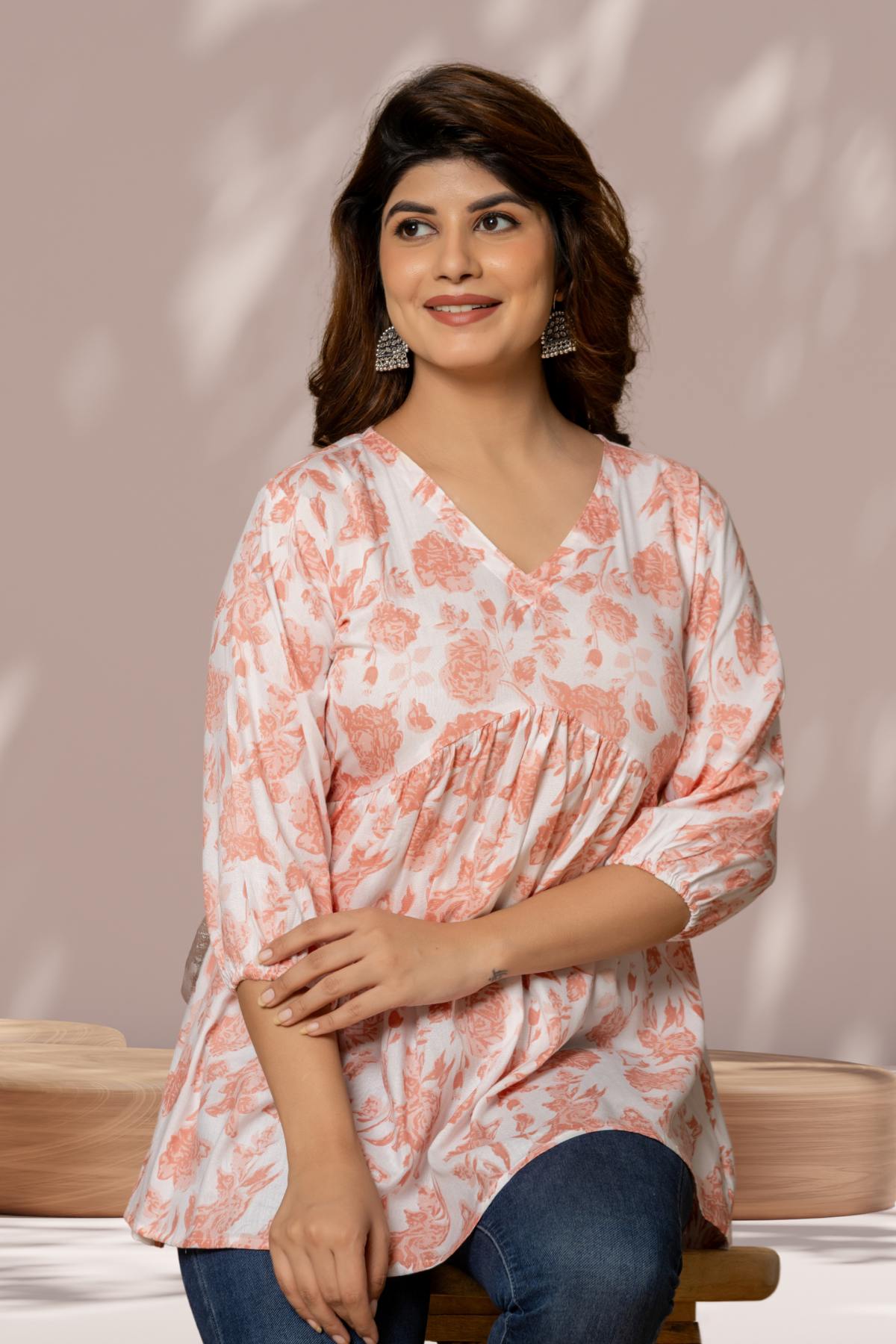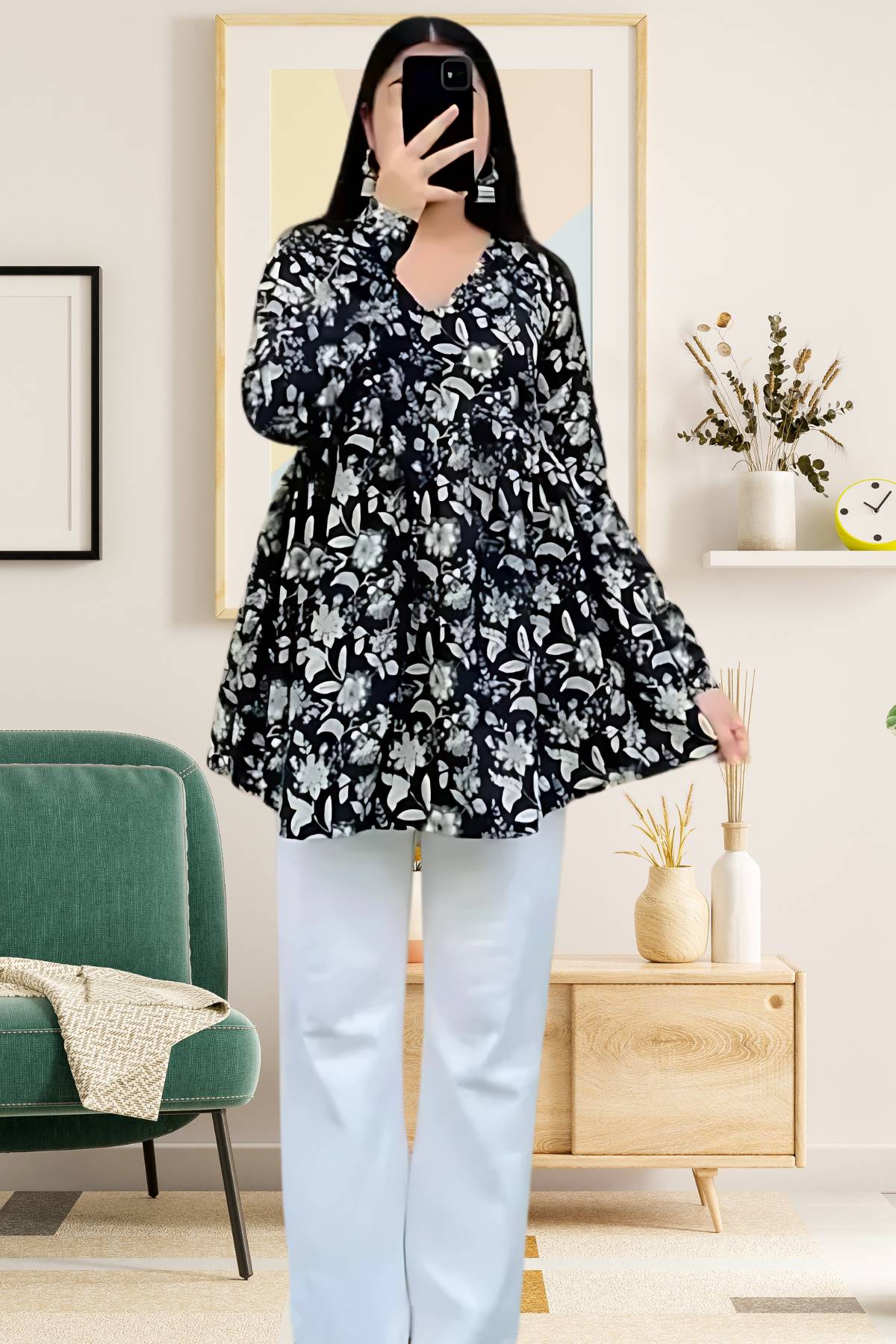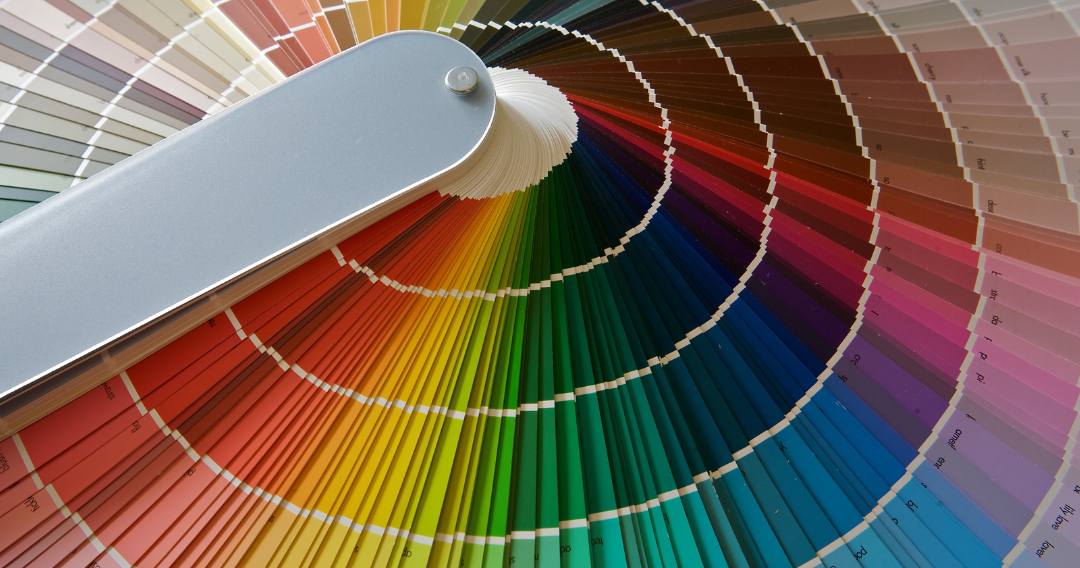Color isn't just a part of our wardrobes—it's at the heart of our expression. Understanding color theory is crucial for anyone looking to enhance their style and make more informed fashion choices. In this blog, we'll dive into the essentials of color theory and show you how strategic color choices can change your look, mood, and confidence.
What is Color Theory?
At its core, color theory is a guideline for combining colors in a way that is visually harmonious. Originating from the art world, these principles have seamlessly transitioned into fashion, influencing how stylists and designers create their collections.
The Basics of Color Wheel
The color wheel is your best friend when it comes to dressing stylishly. It consists of three basic categories:
- Primary colors: Red, yellow, and blue
- Secondary colors: Green, orange, and purple (created by mixing primary colors)
- Tertiary colors: These are combinations of primary and secondary colors, like blue-green or red-violet.
Complementary Colors
Complementary colors are directly opposite each other on the color wheel. These pairings are striking and vibrant when used together because they are high in contrast and can make each other appear brighter. For example, pairing a violet dress with yellow accessories can make for a dynamic and eye-catching ensemble.

Analogous Colors
Analogous colors are next to each other on the color wheel. These colors usually match well and create serene and comfortable designs. An outfit combining shades of green and blue can evoke a sense of calm and is perfect for day-to-day wear.

Triadic Color Scheme
Triadic color schemes involve colors that are evenly spaced around the color wheel. This scheme is one of the least used in fashion because it is bold and vibrant. However, it can be incredibly effective for a statement look. Imagine a combination of blue, red, and yellow—primary colors that provide a youthful and playful vibe.

Using Color to Influence Mood and Perception
Colors do more than just beautify; they have the power to influence mood and perception. For instance:
- Blue is often associated with stability and tranquility and is excellent for job interviews or meetings.
- Red exudes confidence and energy, making it perfect for events where you want to stand out.
- Yellow is bright and uplifting, ideal for lifting spirits on a dull day.

Practical Tips for Incorporating Color Theory into Your Wardrobe
- Start with Neutrals: Build your outfit around neutral colors like black, white, or grey, then add pops of color through accessories or a statement piece.
- Experiment with Shades: Don't shy away from different shades of the same color. A monochromatic look can be very sophisticated.
- Consider Your Skin Tone: Choose colors that complement your natural skin tone. Warm skin tones look great with earthy colors, while cooler tones shine in blues and purples.
- Use Color to Highlight or Downplay: Use brighter colors to highlight areas you want to emphasize and darker shades to conceal.
Conclusion
Embracing color theory doesn't just change your look—it enhances your entire visual presentation. By understanding and applying these basic principles, you can create outfits that not only look great but also feel harmoniously balanced. Ready to start your color theory journey? Dive into your closet and begin experimenting with confidence!


